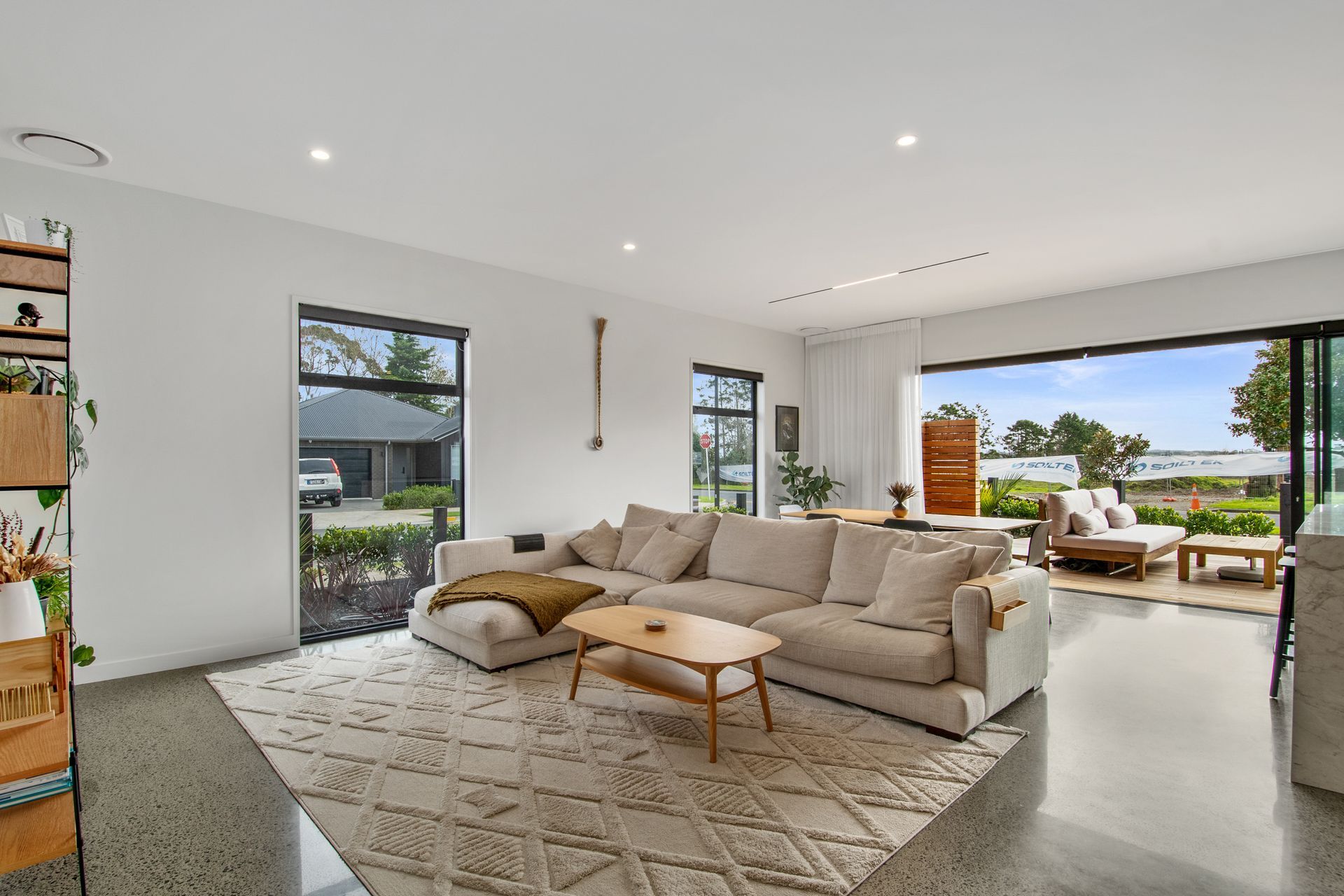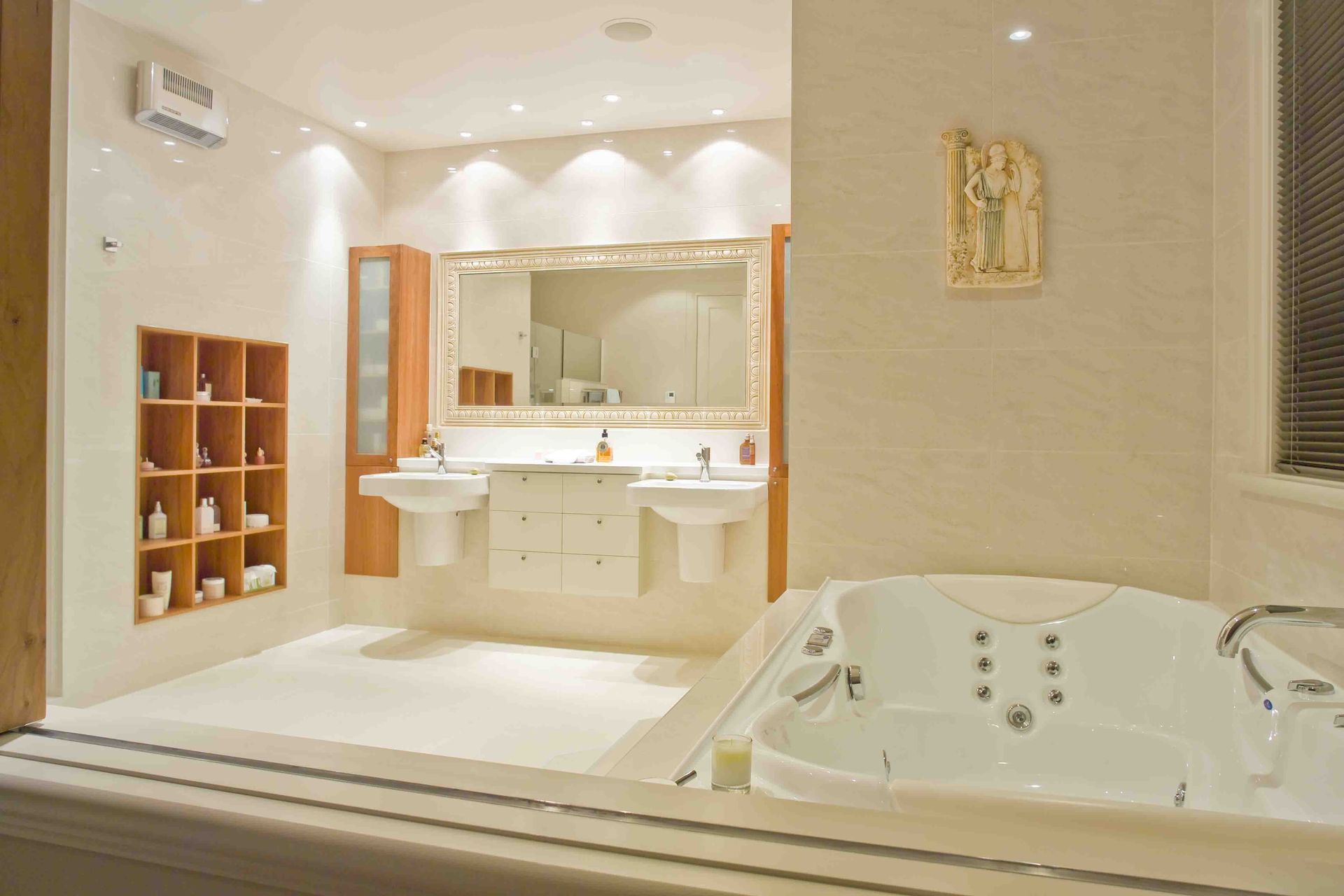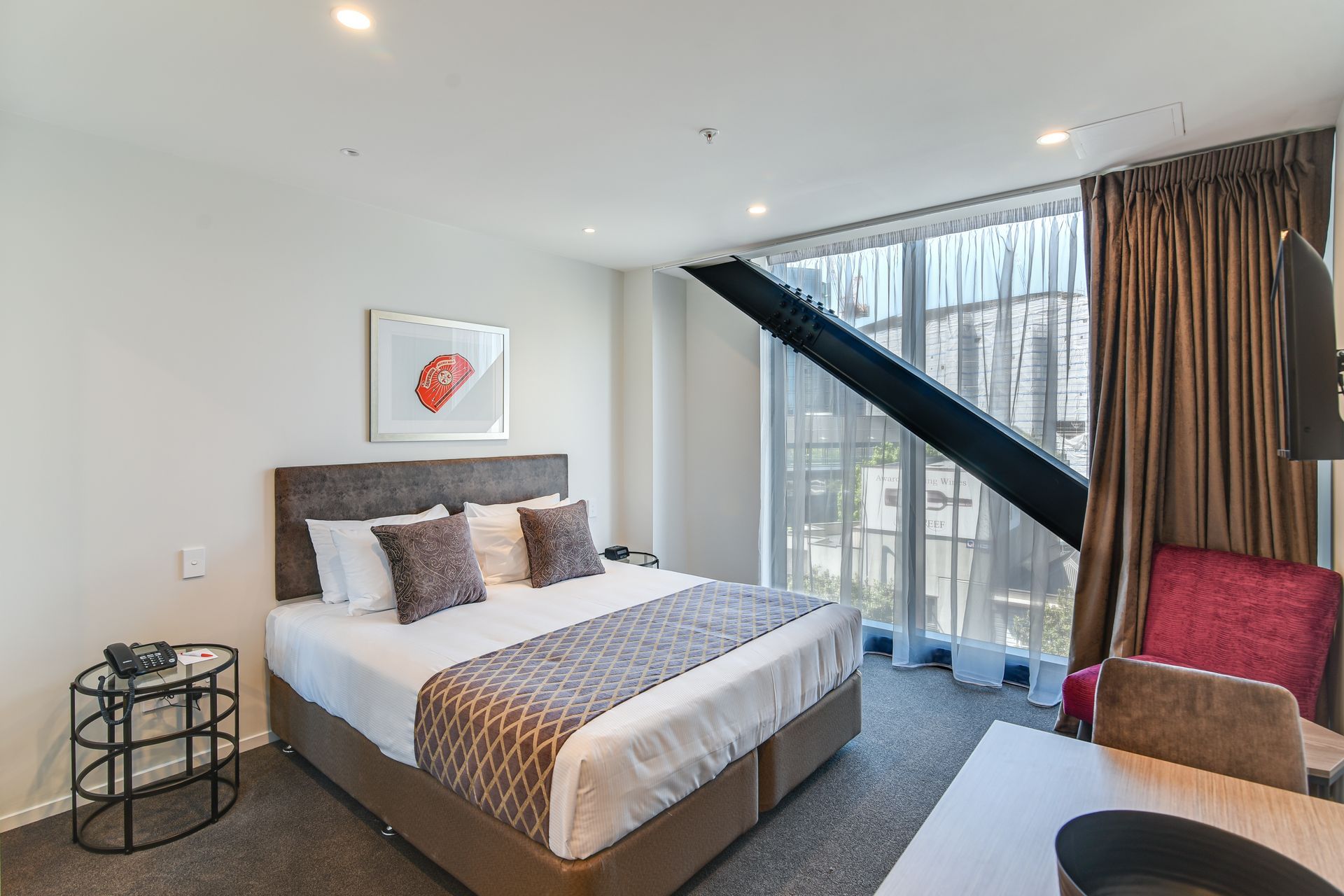The versatile role and uses of plasterboard in Kiwi homes
Written by
07 May 2025
•
5 min read

Plasterboard is a commodity product that doesn’t always get the same amount of attention as other building materials and solutions in your typical residential or commercial project. However, it may surprise you to learn there is more to modern plasterboard than meets the eye, with some invaluable and often surprising opportunities to take advantage of.
We spoke to Kevin van Hest, Managing Director of Elephant Plasterboard NZ Limited, to get his insight on this topic, to understand the various roles plasterboard can play for you in your next project.
Humble beginnings to transformative impact
Plasterboard has been in use for well over a century now, originally created as a quick and cost-effective solution for wall and ceiling linings. In 1991, that changed, as a method was developed to use plasterboard for bracing for earthquake and wind, something that was introduced here and had never been done before.
As Kevin van Hest explains, it was the first major innovation for plasterboard that completely changed the course of building and construction in New Zealand.
“From our understanding, nobody in the world had used plasterboard for bracing light timber-framed structures. Traditionally, they were using things like plywood and angled timber inside the framing, but now, 95% of every house in New Zealand is braced using plasterboard.”
As Kevin continues, the number of plasterboard products available has almost doubled, with a broadening of their use and solutions developed for specific applications.
“When we got into the market back in 1988, there were about 37 plasterboard SKU's. This covered the different lengths, thicknesses and and board types. Now there are almost 80. There was no such thing as a 1,350mm wide board, brace board, noise board, impact board, Taper/Squared board, 6.0m lengths, etc, so the range of plasterboard and plasterboard systems now is huge.”

Beyond traditional wall and ceiling lining
As just discussed, plasterboard was originally conceived for wall lining only. During the 1960s, it started to replace Fibrous Plasterboard in ceiling applications. Moisture-resistant plasterboard was developed for wet areas and then, in the early 1990s, it evolved to include bracing solutions.
Now, the options are wide-ranging and products have been developed for specific applications, like noise control and improved fire resistance — innovations Kevin has witnessed first-hand.
“You have higher-density boards being produced to get better acoustic control between apartments. You have moisture-resistant boards which have special ingredients in their core to increase durability for wet areas. There are floor/ceiling systems for inter-tenancy situations as well. There are so many more choices now for the designer and developer.”
Kevin speaks passionately about these offerings and the overall durability and sustainability of these products, showing their holistic value.
“For general applications, plasterboard will last well beyond the life of a building, which is at least 50 years. It’s also a completely inert product; it's gypsum (calcium sulphate dihydrate). You could break plasterboard up and sprinkle it over your garden, so it's incredibly efficient for sustainability and reuse.”

Unexpected aesthetic benefits
Plasterboard has always been seen as a largely functional product, and for many, the product’s performance in application will be what drives their purchasing decision. However, plasterboard can play a design role with respect to the aesthetics, if you know what to look out for.
On this point, Kevin explains that much of this lies in the quality of the paper used in the plasterboard.
“In New Zealand, we've got a smoother paper than other plasterboards on the market. Combined with good tradespeople, you can come up with an excellent finish.”
As a matter of fact, there are actually five different levels of finish on a scale of 1-5 (5 being the best) that can be considered, as Kevin continues.
“I would say 90% of people use a level four finish, but now and then, people want the level 5, which is a full skim coat that allows them to achieve that monolithic look.”

Making the right choice
With so many different options now available, the challenge for specifiers is deciding which plasterboard product to choose. The key to doing this is understanding your own needs and priorities, and thinking carefully about the application.
These can be somewhat self-explanatory in the first instance, given the description of the product, but as Kevin points out, there is some nuance within these choices and different ways of using them, too.
“Some people might put a moisture-resistant board in the bathroom walls only, but some might want something better and more durable plasterboard in other ‘wet areas’, and they’ll put it in the bathroom ceilings as well as the laundry and kitchen.
For multi-unit dwellings, the specifier might decide they want extra noise control and go beyond the minimum building code requirements. We have a system selector on our website to help people make these decisions.”
Kevin says it naturally comes down to the motivation of the builder or developer, which is why there’s a broad range of solutions to cover these different situations.
“There’s the lowest cost solution where the client is complying with the minimum requirements of the building code for noise control between two apartments. There are other people doing high-end projects where they’ll want thicker, denser boards between the bedroom and lounge, for example, for a higher acoustic range. It all depends on their motivation.”
Plasterboard manufacturers offer their own unique plasterboard solutions, which are always good to investigate, to see if the point of difference is something you can utilise. With his final comments, Kevin gives us one such example of an Elephant Plasterboard type that stands apart from the crowd.
“We have a lightweight 10mm EPB CeilingSmart which will span ceiling battens at 600mm, whereas with other competitors, you have to put your battens at 450mm, so we’ve got some innovation with ceiling systems, and that’s all about lowering the cost to build.”